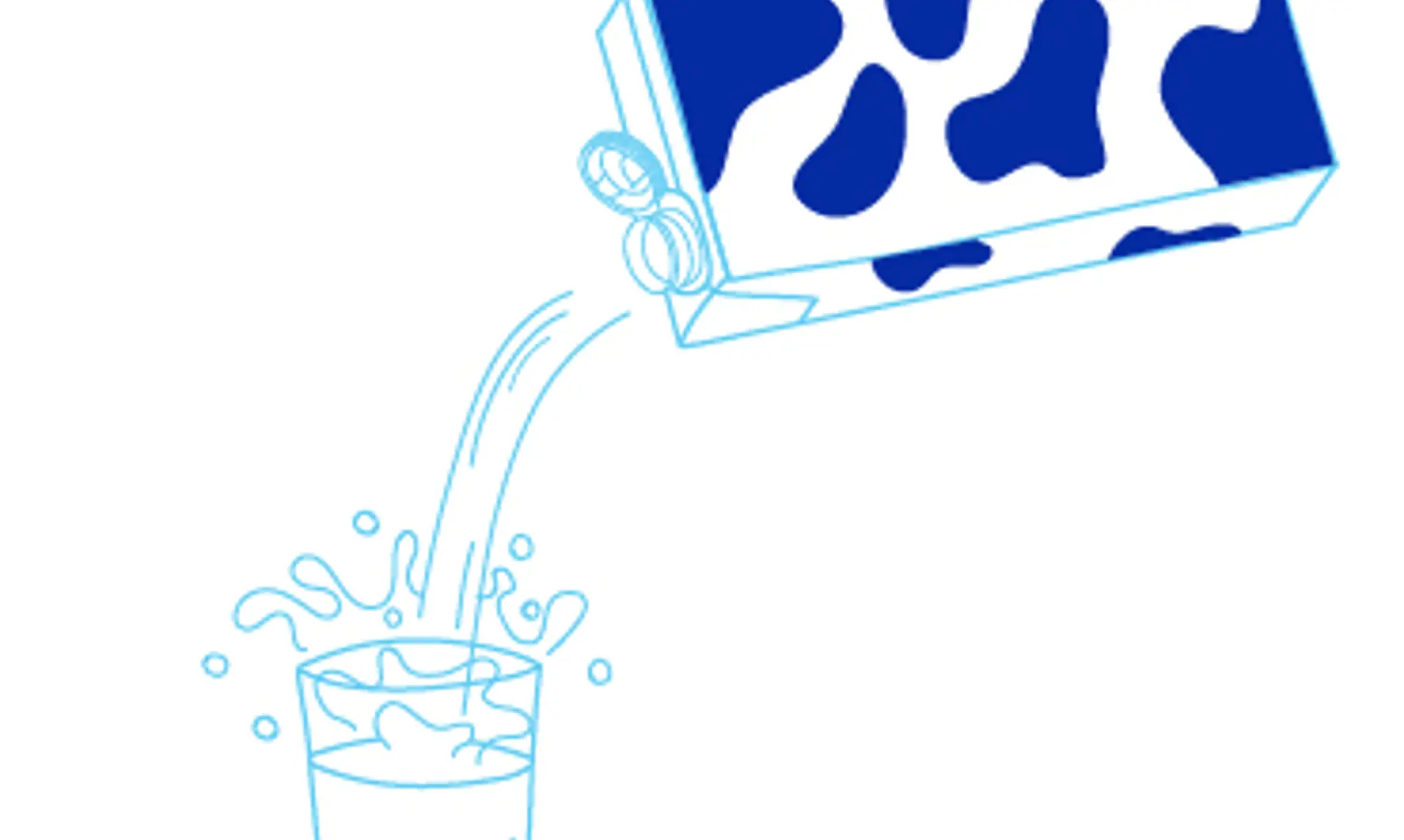Debunking aseptic carton myths

In part five of Aseptic Advantage, we examine the facts behind some common myths surrounding shelf-stable products and aseptic packaging.
Aseptic packaging has been around for decades, and its popularity keeps rising due to the many advantages it provides – with shelf stability in ambient temperatures being the most prominent. However, this very advantage has fuelled certain myths about the products inside these packs – as well as the packs themselves. So, what are some of the most common myths, where do they stem from, and do they differ from region to region?
Old habits die hard
For context, we’ll go back in history to a time when procuring fresh food was a part of the daily routine. Staples, like milk, were procured and consumed fresh. As were seasonal fruits and vegetables, the likes of which were otherwise canned, pickled or dried at home. Thus, when shelf-stable products entered the picture and started challenging age-old norms around the longevity of fresh food, it stands to reason they were met with resistance.
To this date, shelf-stable milk faces cultural challenges. For example, in India, boiling fresh milk is the norm and only boiled milk is deemed safe for consumption. While in North America, milk is acceptable only when refrigerated, with room temperature milk frowned upon.
MYTH: Shelf-stable milk lacks nutritional value and is not safe for children
FACT: Milk in aseptic packs contain similar nutrients as fresh milk and, sometimes even more as in the case of fortified milk. Aseptic processing involves filling fresh, sterilised UHT milk into sterilised aseptic cartons – under sterile conditions – thereby eliminating the risk of contamination and making it safe for people of all ages, including children.

MYTH: Foods in aseptic cartons are full of preservatives and sodium
FACT: The aseptic packaging process is what makes the food shelf stable, not the addition of preservatives or sodium. Foods in aseptic cartons retain most nutritional and sensory qualities without any additives. Having said that, you might find added sodium in some packaged foods, especially cooked items such as soups and broths. But the sodium is for flavour only.
MYTH: Juice in aseptic cartons is not real juice
FACT: Juice in aseptic cartons is just that – juice. Juice can be processed differently, and this happens before the aseptic packaging process. You will find the cartons marked with “from concentrate”, “100% juice” or “not from concentrate” among other kinds of geo-specific labelling. But do they differ in nutritional value or quality? No. All of these are natural juices without any additives.

MYTH: Aseptic cartons are coated with wax and bad for health
FACT: There is no wax in aseptic cartons. Instead, they contain a thin layer of polyethylene which consumers often mistake as wax coating. The protective layers in an aseptic carton do not contain anything harmful to people or the product inside. On the contrary, aseptic cartons protect food and beverage products inside from moisture, oxygen, light, odour, leaks and more.
MYTH: Aseptic cartons are not recyclable
FACT: Aseptic cartons are fully recyclable. Most recycling initiatives around the world factor aseptic cartons into their recycling programmes owing to their sustainability credentials. The cartons can be recycled as a whole or its layers can be separated into paper, polyethylene, and aluminium – finding life again as building materials, paper towels, mouse pads, and even fuel.

It is undeniable that aseptic cartons and aseptic technology have revolutionised the food and beverage industry. In the next part of the series, we’ll remind ourselves just how much by looking back at all the benefits covered throughout the rest of the series – for consumers, manufactures, and society in general. Get the recap delivered to your inbox by subscribing to our exclusive bi-weekly newsletter, SIGnals Update.
